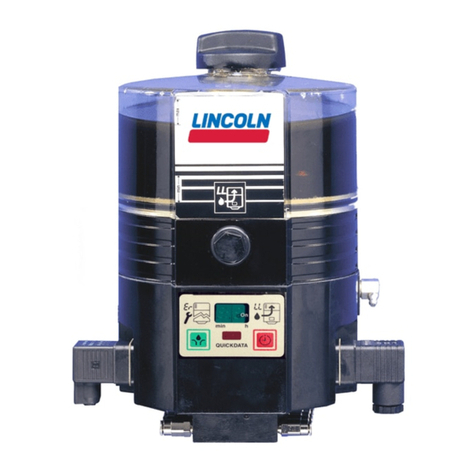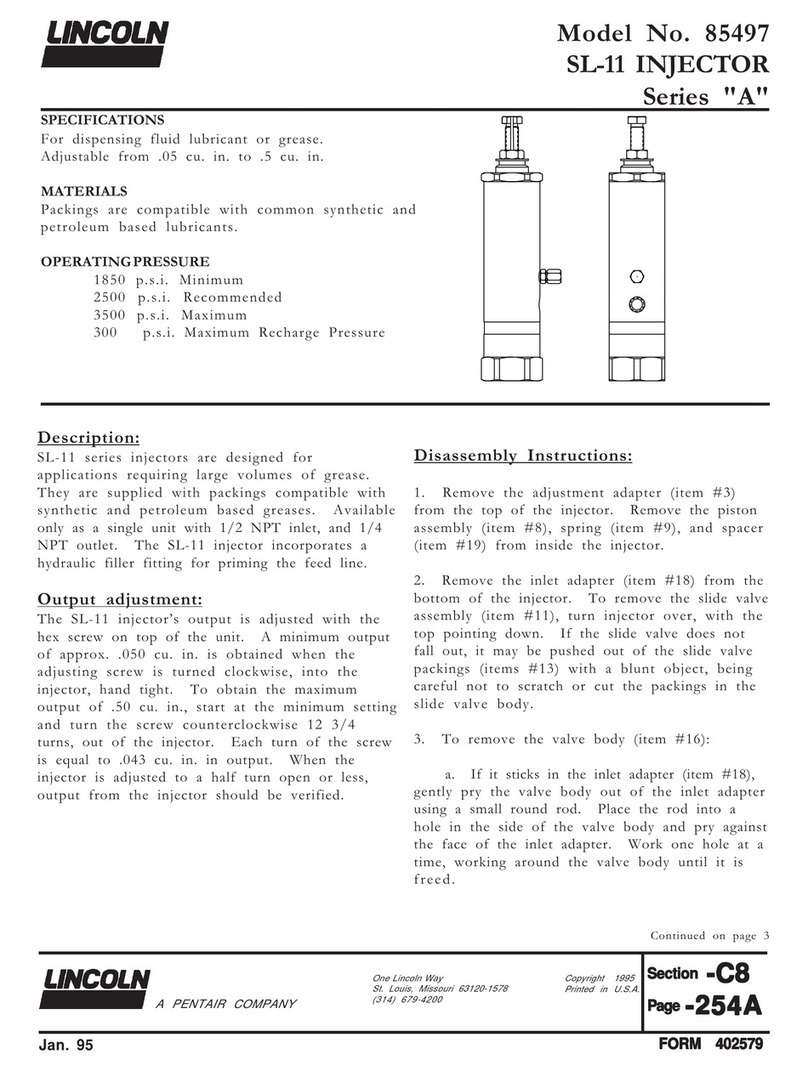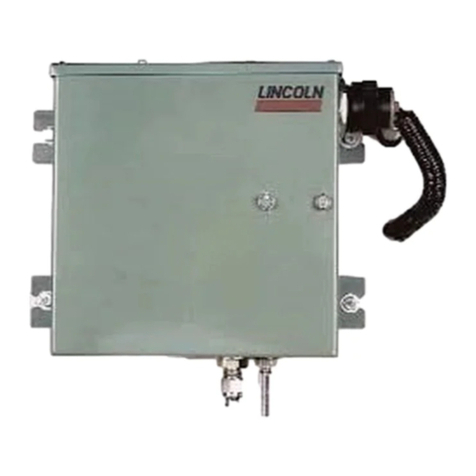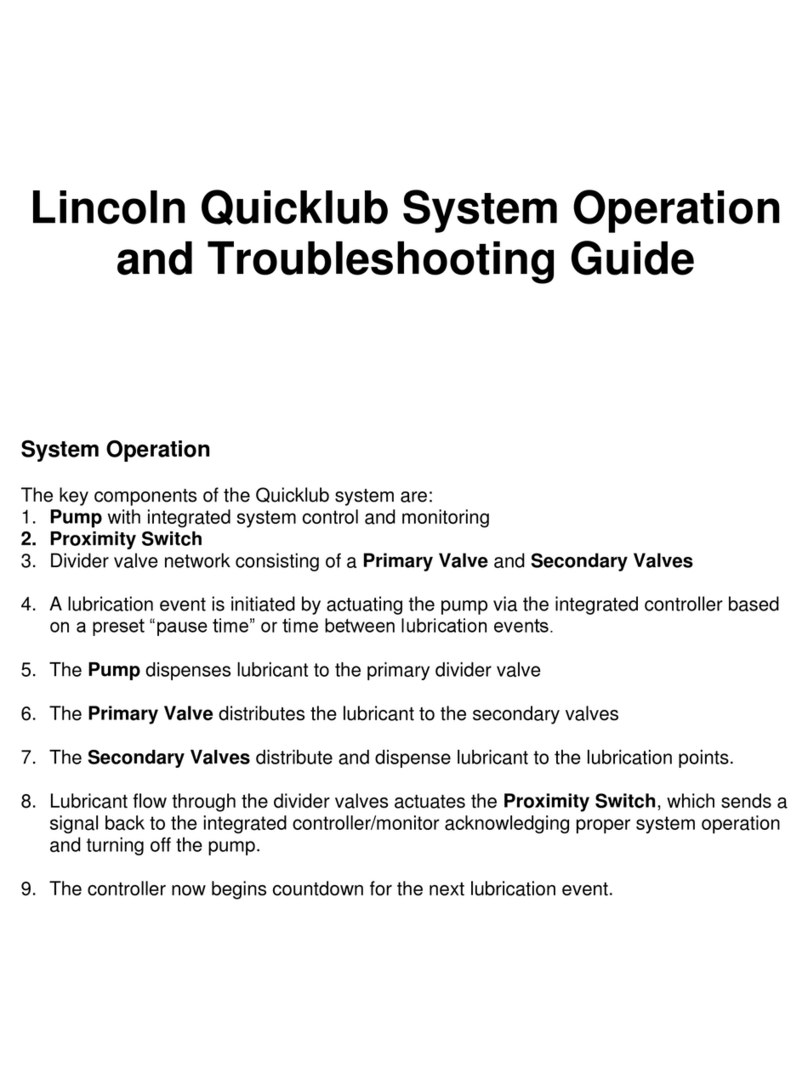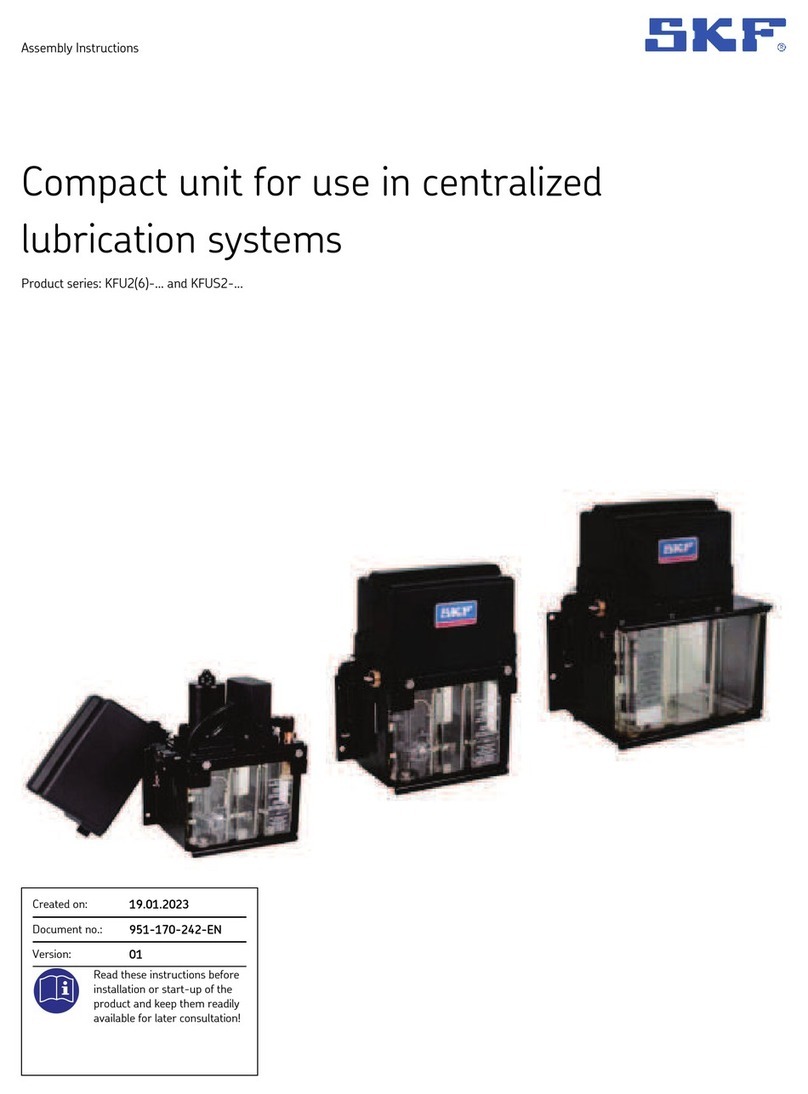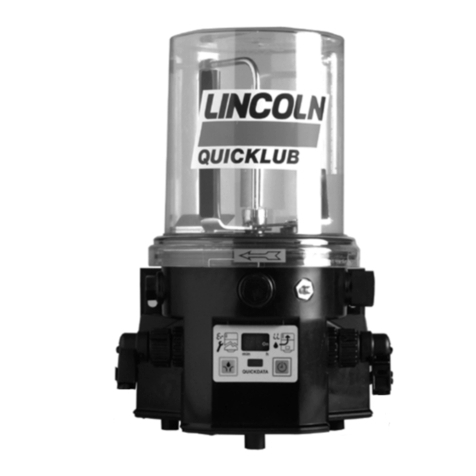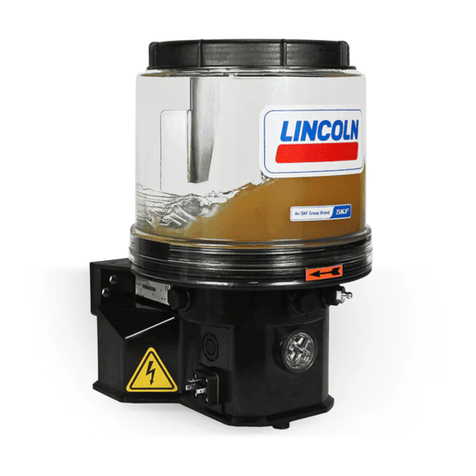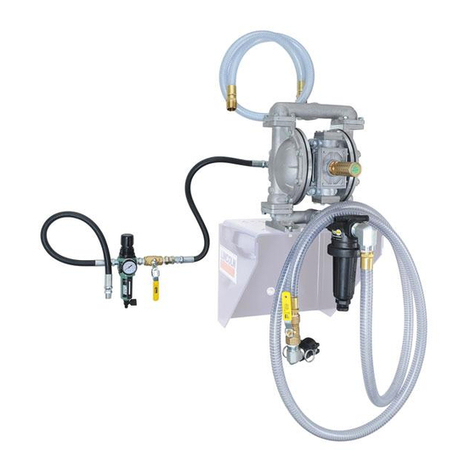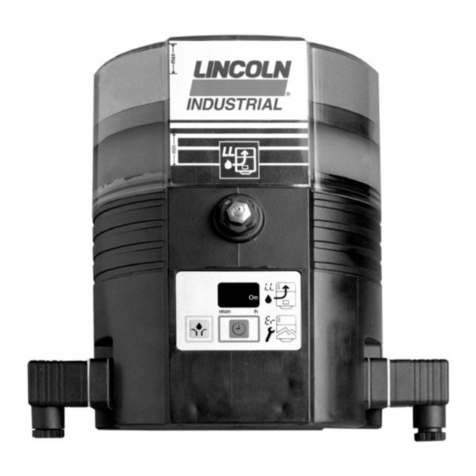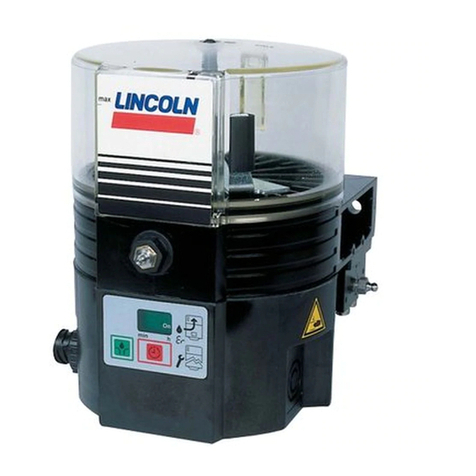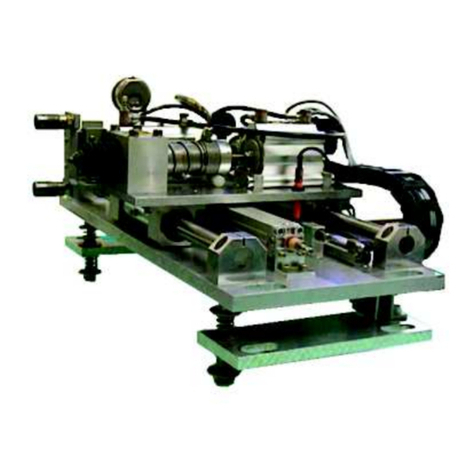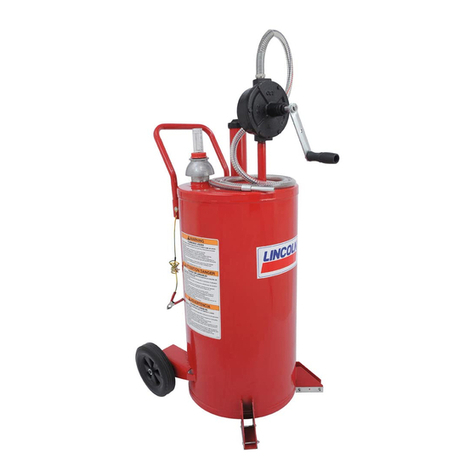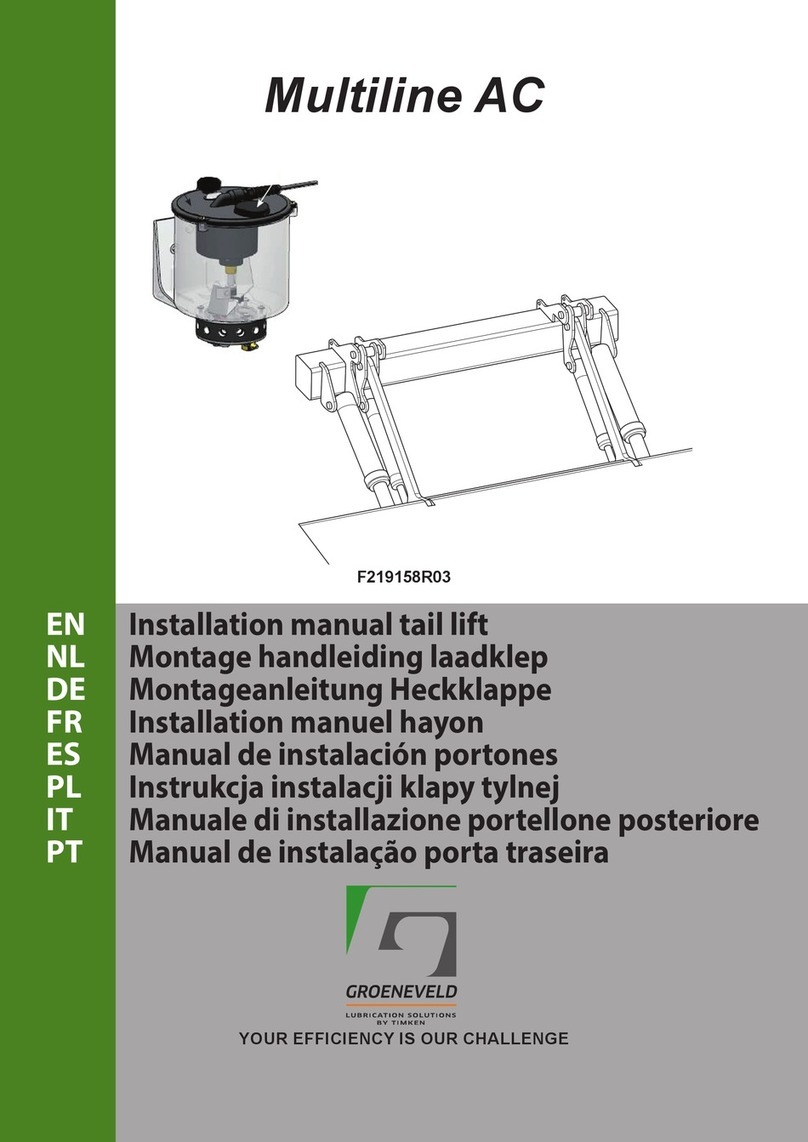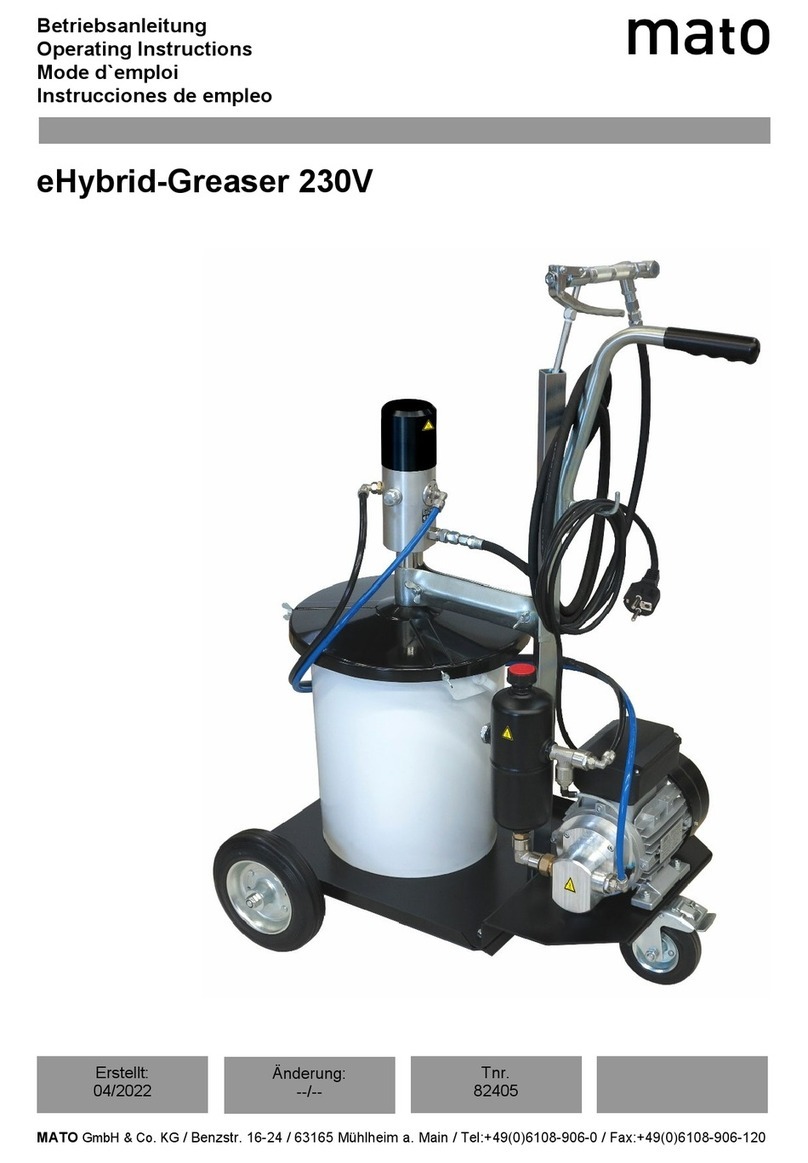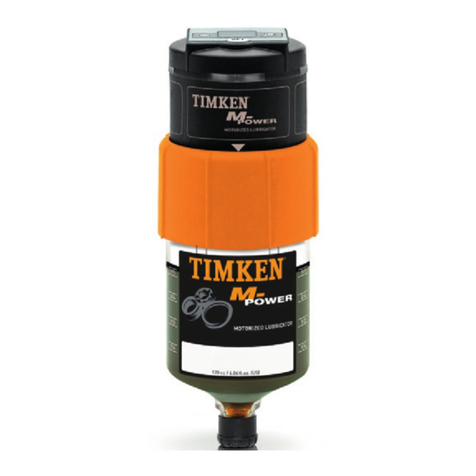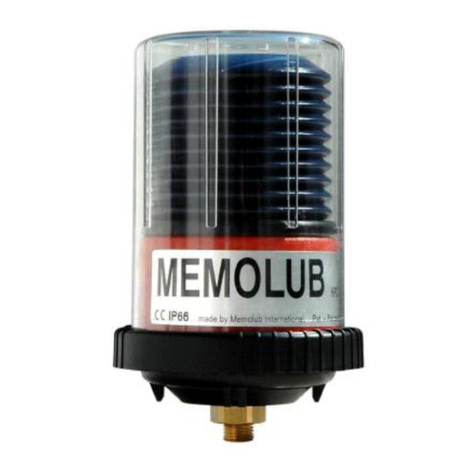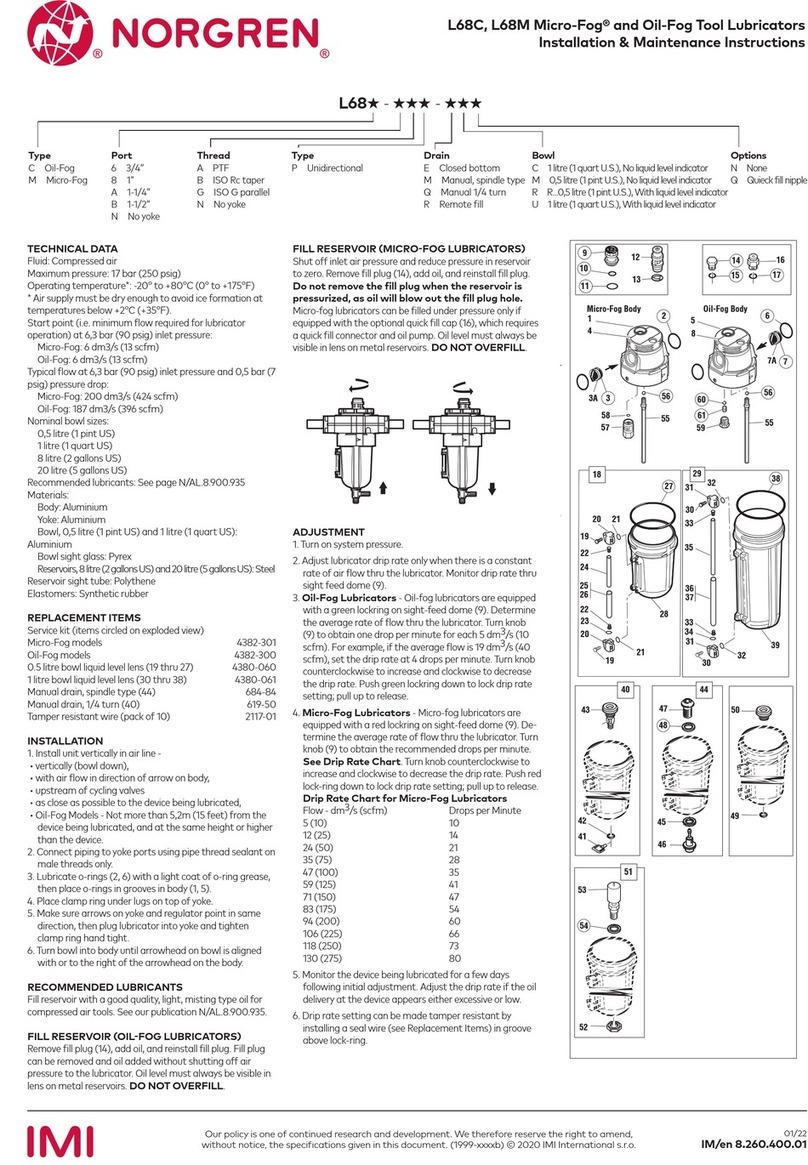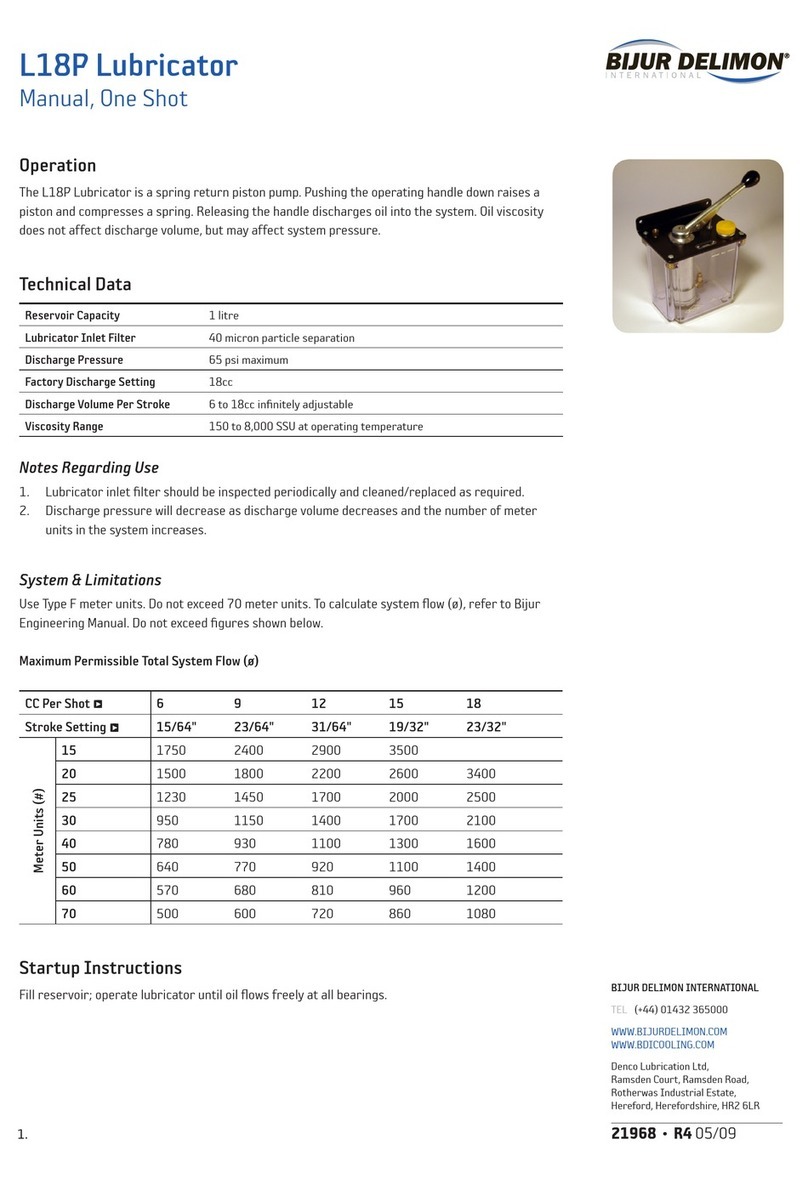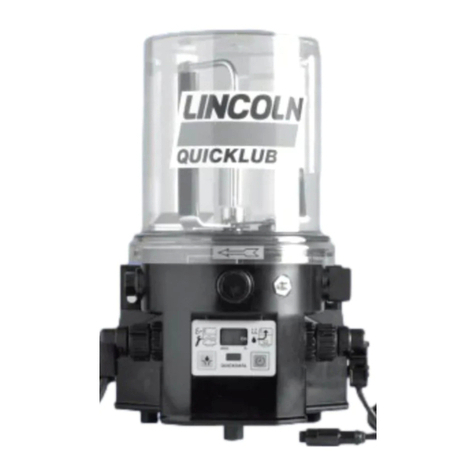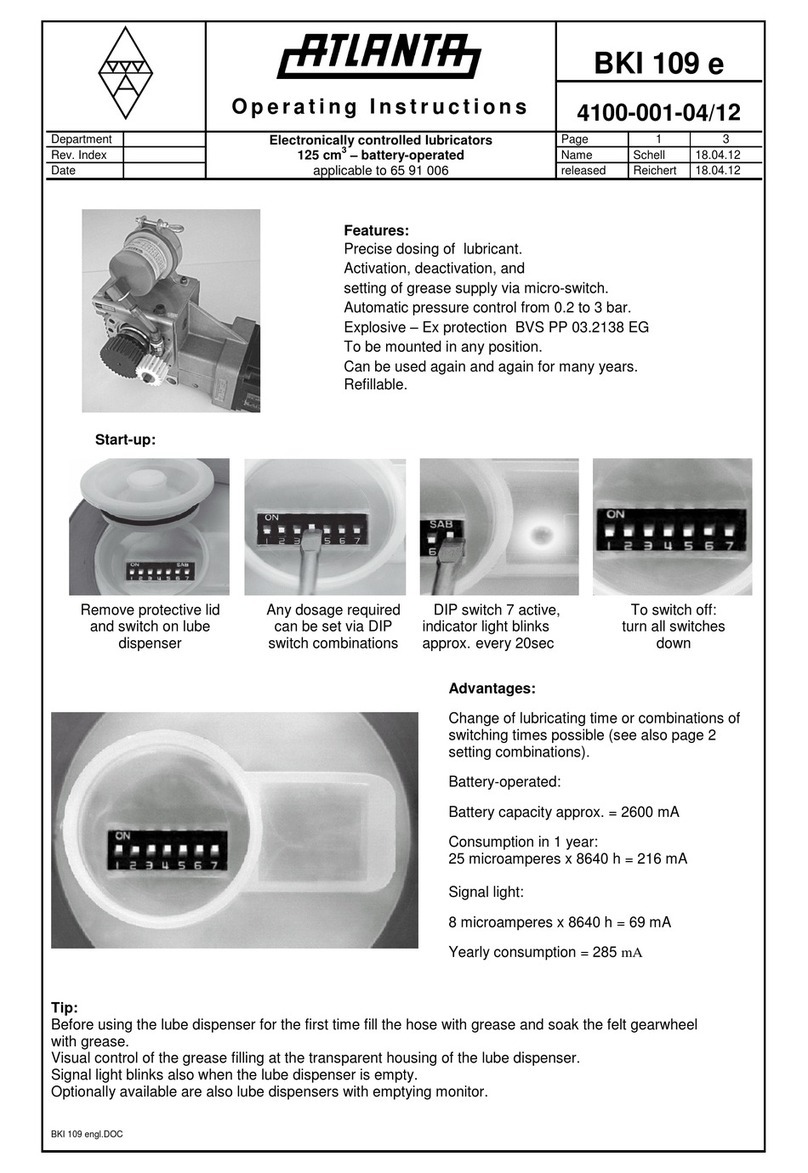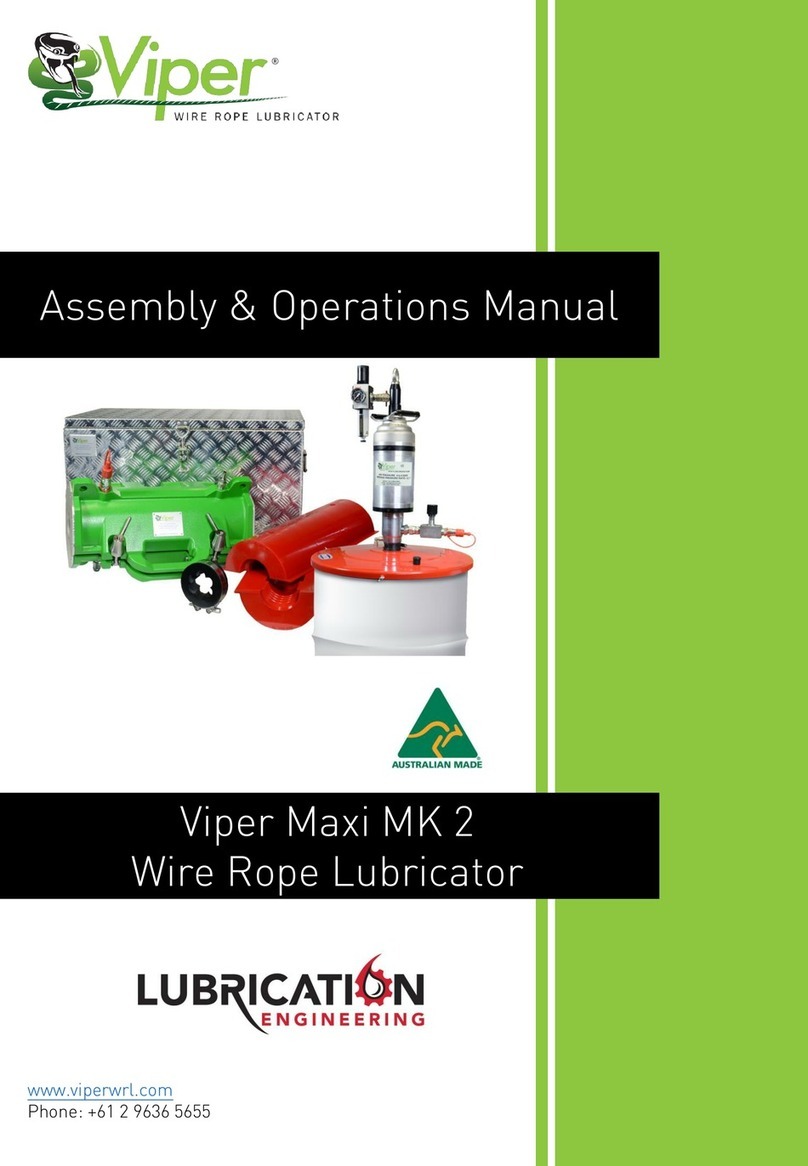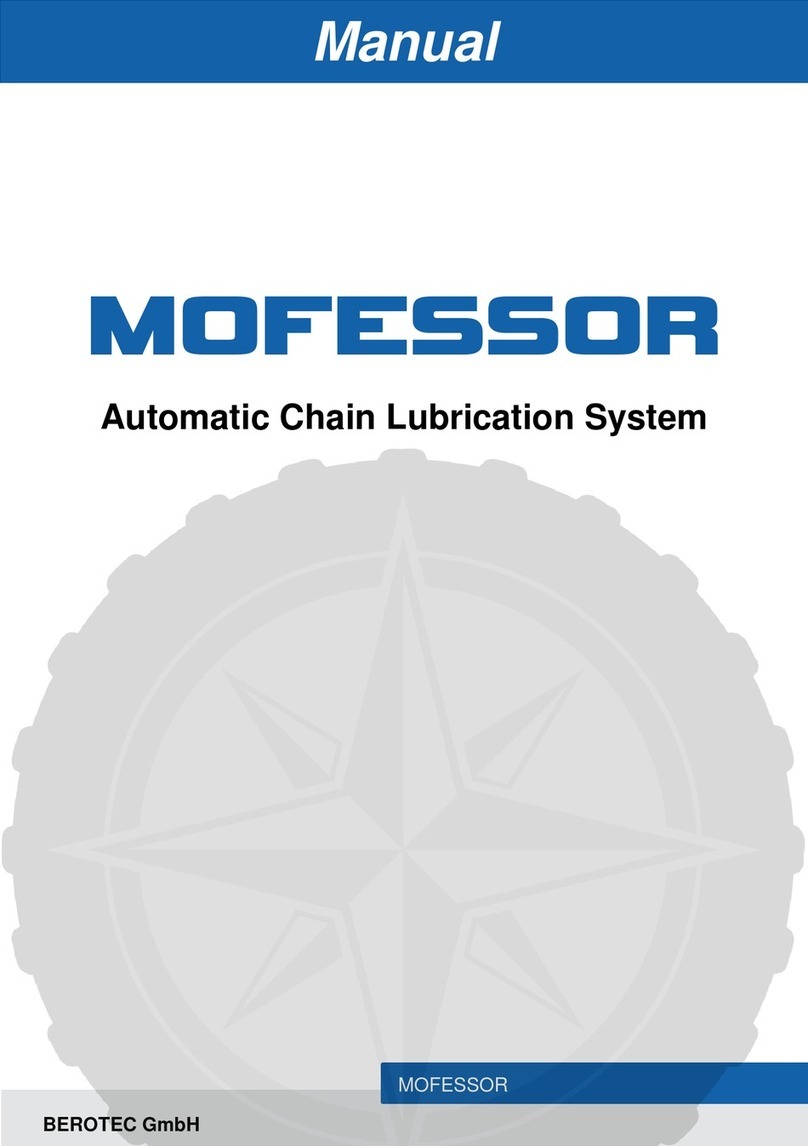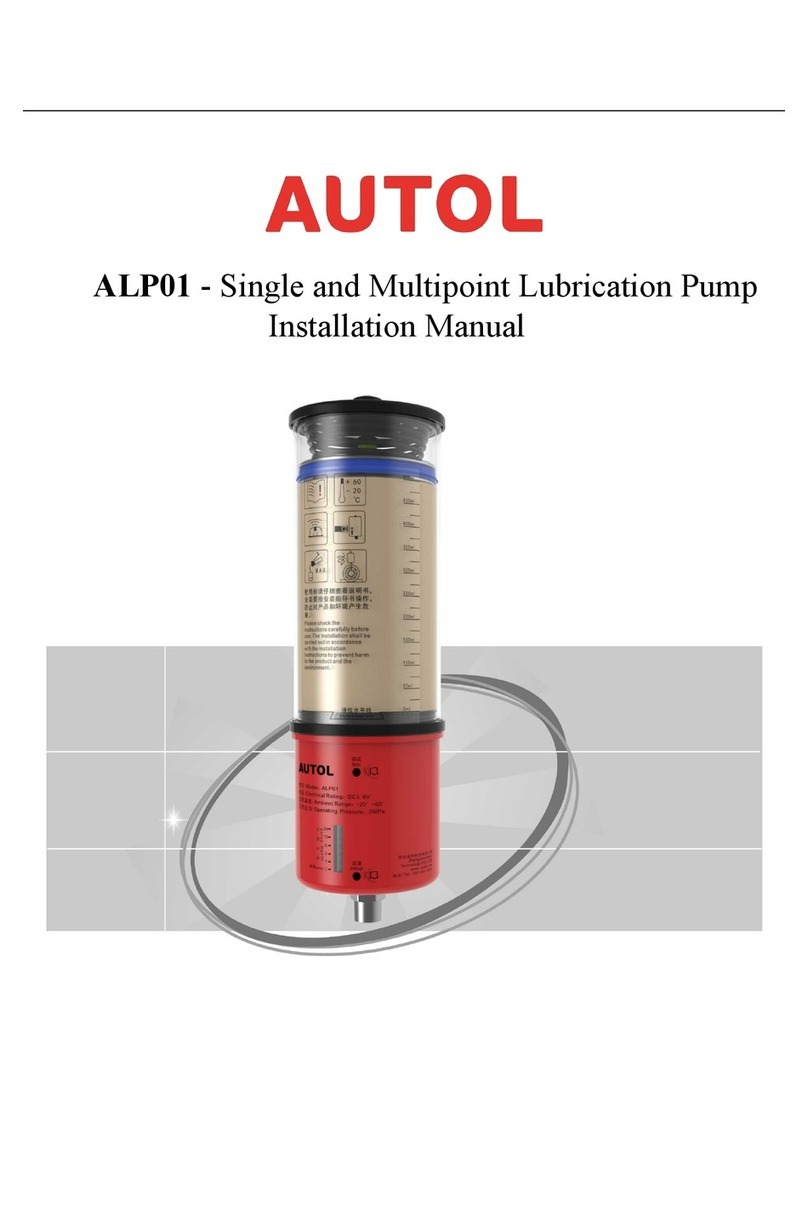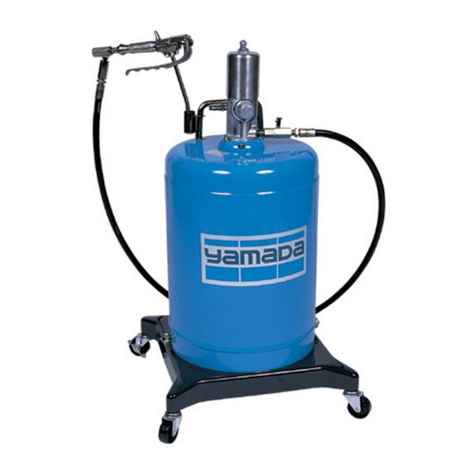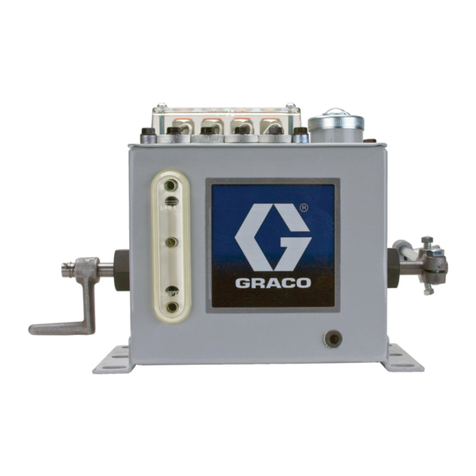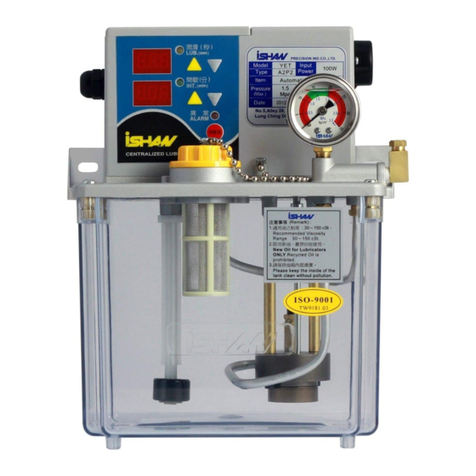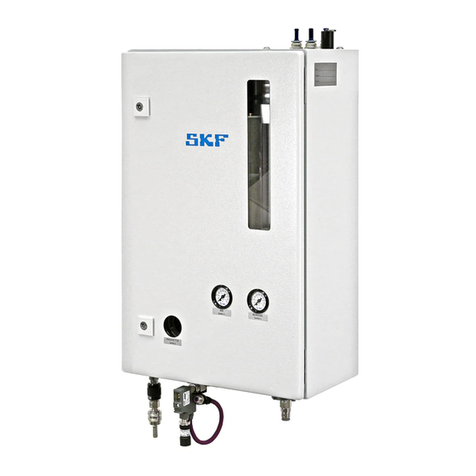
1. Safety instructions
1.1 General safety instructions
The owner must ensure that safety information has been read by
any persons entrusted with works on the product or by those per-
sons who supervise or instruct the before-mentioned group of per-
sons. In addition, the owner must also ensure that the relevant per-
sonnel are fully familiar with and have understood the contents of
the Instructions.
The manual must be kept at hand along with the product.
Note that the manual is part of the product and must accompany
the product if sold to a new owner.
The described products were manufactured according to the state
of the art. Risks may, however, arise and may result in harm to per-
sons or damage to material assets.
Any malfunctions which may affect safety must be remedied
immediately. In addition to the manual, general statutory regulations
and other regulations for accident prevention and environmental
protection must be observed and applied.
1.2 General behavior when
handling the product
• The product may be used only in awareness of the potential dan-
gers, in proper technical condition, and according to the informa-
tion in this manual.
• Specialists must familiarize themselves with the functions and
operation of the product. Specified installation and operating steps
and their order are to be observed.
• If there are any ambiguities in terms of the proper condition or
proper installation / operation, these points must be clarified.
Operation is prohibited until issues have been clarified.
• Unauthorized persons must be kept away.
• Precautionary operational measures and instructions for the
respective work must be observed.
• Responsibilities for different activities must be clearly defined and
observed. Uncertainties jeopardize safety to a great extent.
• Safety-related protective and emergency devices must not be
removed, modified or affected otherwise in their function and are
to be checked at regular intervals for completeness and function. If
protection and safety devices are removed, they are to be immedi-
ately reassembled and checked for proper functioning after the
work is completed.
• Correct any faults within the area of responsibility. Immediately
inform your superior in the case of faults beyond your
competence.
• Wear personal protective equipment.
• Observe the relevant safety data sheets when handling lubricants.
1.3 Qualified technical personnel
The product described may only be installed, operated, maintained
and repaired by qualified specialist personnel. Qualified technical
personnel are persons who have been trained, assigned and
instructed by the operator of the installation. These persons are con-
sidered capable of such tasks due to their education, training, and
experience with valid standards, conditions, accident prevention reg-
ulations in effect, and installation conditions. They should be able to
carry out the required tasks and to recognize – and thus avoid – any
dangers that might otherwise occur. The definition of qualified elec-
tricians and the prohibition against employing non-qualified person-
nel are laid down in DIN VDE and IEC .
Relevant country-specific qualifications for technical personnel
apply for countries outside the scope of IEC .
The key elements of these country-specific requirements may not
be less than those of the two standards above. The operator of the
final product is responsible for assigning tasks and areas of responsi-
bility and for the responsibility and monitoring of the personnel.
These areas must be precisely specified by the operator.
Should the personnel not have the necessary knowledge, they are
to be trained and instructed.
Product training can also be performed by SKF in exchange for
costs incurred.
1.4 Electric shock hazard
Electrical connections for the described product may only be estab-
lished by qualified and trained personnel authorized to do so by the
operator, and in observance of the local conditions for connections
and local regulations (e.g. VDE/ IEC).
CAUTION
Electric shock
Working on products that have not been disconnected from
the power supply can cause serious injury to persons and
material damages.
Installation, maintenance, and repair work may only be
carried out by qualified experts on products that are not
connected to a power supply.
